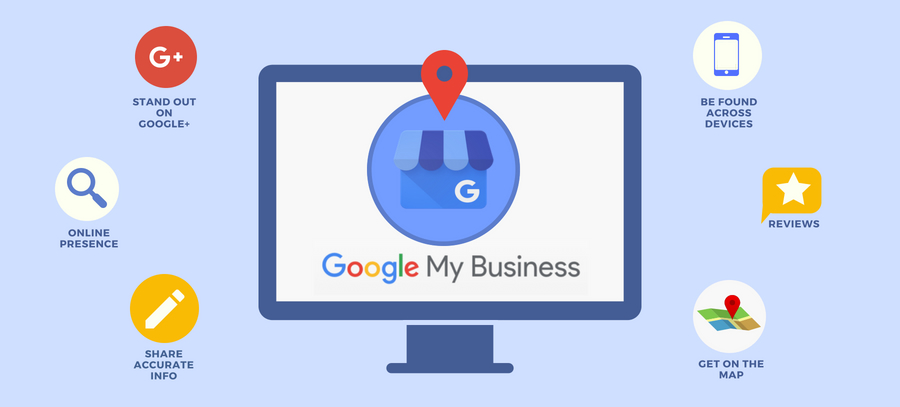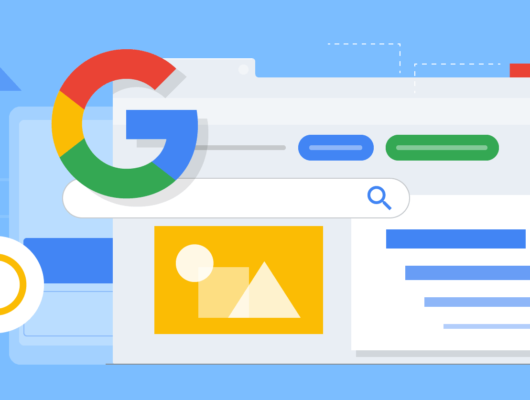In today’s digital age, having a strong online presence is vital for any business, especially local businesses. Google My Business (GMB), now known as Google Business Profile, is a powerful tool that helps businesses appear in Google search results and on Google Maps. It’s free to use and can significantly boost your visibility in local searches. In this article, we’ll explore step-by-step how to optimize your Google My Business profile for maximum exposure and higher rankings in local search results.
1. Claim and Verify Your Google Business Profile
Before you can optimize your Google Business Profile, you need to claim and verify it.
- How to Claim Your Business:
- Search for your business on Google.
- If your business is already listed, click on “Claim this Business.”
- If it’s not listed, create a new profile at Google Business.
- Verification Methods:
- Postcard Verification: Google will send a postcard with a verification code to your business address.
- Phone Verification: Some businesses can verify their listing over the phone.
- Email Verification: You may receive an email with a verification link.
Tip: Verification is necessary to control your business listing, and only verified businesses can appear in Google Maps and local search results.
2. Complete Every Section of Your Profile
Google rewards completeness. The more detailed your profile, the higher the chance it will appear in local searches.
- Business Name: Ensure your business name matches exactly as it appears across your website, signage, and social media. Avoid keyword stuffing.
- Address: Use your full, official address. Double-check for any errors or inconsistencies.
- Phone Number: Use a local phone number rather than a toll-free number to increase local relevance.
- Website: Add your website URL to drive traffic from your Google listing directly to your site.
- Business Hours: Keep your hours up to date, including holiday hours or temporary changes.
- Business Categories: Select the most appropriate business category for your primary offering, and add secondary categories that apply to other services.
- Business Description: Write a concise, keyword-rich description of what your business does, focusing on what makes you unique.
Example: If you run a bakery in Boston, your description could read: “Boston’s premier bakery offering freshly baked bread, pastries, and cakes. We use organic ingredients and serve vegan-friendly options.”
Tip: Regularly review and update your profile as needed to keep it accurate.
3. Add High-Quality Photos and Videos
Photos and videos are essential for showcasing your business and creating a visually engaging profile.
- Types of Photos to Add:
- Exterior and Interior Shots: Help potential customers recognize your location and get a feel for your space.
- Team Photos: Show the people behind your business to build trust and a personal connection.
- Product or Service Photos: Highlight your offerings, such as menu items, products, or services.
- Before and After Photos: For businesses like salons or home services, show the results of your work.
- Videos: You can also upload short videos (30 seconds or less) showcasing your business, behind-the-scenes content, or customer testimonials.
Tip: Make sure your images are high-quality and optimized for the web. Blurry or low-quality photos can deter potential customers.
4. Use Keywords in Your Business Description and Posts
Just like your website, your Google Business Profile benefits from relevant keywords. Use terms that potential customers are likely to search for when describing your business.
- Where to Use Keywords:
- Business Description: Incorporate relevant local keywords naturally. For example, if you run a plumbing service in Chicago, include “plumbing services in Chicago” or “emergency plumber in Chicago” in your description.
- Posts: Google Business Profile allows you to publish posts (offers, events, updates). Include keywords in these posts to increase visibility for relevant searches.
Tip: Avoid keyword stuffing—focus on naturally integrating your keywords for a better user experience.
5. Encourage and Respond to Reviews
Online reviews play a major role in local SEO, and positive reviews can boost your credibility and ranking.
- How to Encourage Reviews:
- Ask Customers Directly: After a successful interaction, ask satisfied customers to leave a review on Google.
- Use Email Follow-Ups: Send follow-up emails after a purchase or service, politely asking for a review and including a direct link to your profile.
- Incentivize Reviews: While you can’t pay for reviews, you can offer a small incentive like a discount or a free item after a review is posted.
- Respond to All Reviews:
- Positive Reviews: Thank your customers and show appreciation for their feedback.
- Negative Reviews: Address concerns professionally, apologize if necessary, and offer a solution.
Tip: Timely responses to reviews show potential customers that you care about feedback and customer service.
6. Create Google Posts Regularly
Google Business Profile allows businesses to create posts, which can help you engage with your audience and provide them with up-to-date information about your business.
- Types of Posts You Can Share:
- Updates: Announce new products, services, or changes to your business.
- Events: Promote upcoming events such as sales, grand openings, or workshops.
- Offers: Share promotions or special discounts.
- COVID-19 Updates: If relevant, update customers on how your business is adapting to health guidelines.
- Best Practices:
- Include a strong call-to-action (CTA), such as “Learn More,” “Call Now,” or “Buy Now.”
- Use eye-catching images that are relevant to the post.
- Keep posts short and engaging—most users won’t spend more than a few seconds reading.
Tip: Regularly posting fresh content can signal to Google that your business is active, which can help with rankings.
7. Leverage Attributes and Services
Google allows you to add specific attributes to your business profile that can make your listing stand out.
- Types of Attributes:
- Business Attributes: These include details like “woman-led,” “LGBTQ+ friendly,” “outdoor seating,” “wheelchair accessible,” etc.
- Health & Safety Attributes: Important during the COVID-19 pandemic, these include information like “masks required” or “staff wears masks.”
- Payment Methods: Let customers know what payment methods you accept, such as “credit cards,” “cash only,” or “contactless payments.”
Tip: Adding attributes not only makes your business more appealing to specific audiences but can also help your listing appear in relevant searches.
8. Add a Q&A Section
The Q&A feature on Google Business Profile allows users to ask questions about your business, and you can respond directly.
- How to Use Q&A:
- Preemptively Answer Common Questions: If you frequently get asked the same questions, consider posting them and providing answers.
- Monitor and Respond Quickly: Answer new customer questions as soon as possible. Provide accurate, helpful information to prevent confusion.
Tip: Use this section as a resource for potential customers and build trust by being transparent and responsive.
9. Track and Analyze Your Insights
Google Business Profile provides valuable insights into how customers are interacting with your listing. Use this data to refine your strategy and improve engagement.
- Key Metrics to Monitor:
- Search Queries: Discover which keywords and queries are driving users to your business profile.
- Customer Actions: Track how many customers visit your website, request directions, or call your business directly from your profile.
- Photo Views: See how many people view your uploaded photos and compare your performance to similar businesses.
Tip: Regularly review your insights to understand what’s working and where you can make improvements to enhance your profile.
10. Keep Your Profile Updated
Finally, consistency is key. An outdated profile can lead to lost customers and missed opportunities. Regularly update your profile with new information.
- What to Update:
- Business hours (including holidays or seasonal hours).
- New services, products, or menu items.
- Changes to your address or phone number.
- New photos and videos.
Tip: Set a reminder to check and update your Google Business Profile at least once a month to ensure everything is current.
Conclusion
Optimizing your Google Business Profile is essential for improving your local SEO, attracting more customers, and increasing your visibility in local search results.
By claiming and verifying your profile, completing every section, and regularly updating it with high-quality content, reviews, and photos, your business can stand out in a competitive local market.
Regular monitoring and fine-tuning will help you maintain your visibility and keep your profile in top shape.






